I knew the West coast of New Zealand would be beautiful but I had no idea it would be so consistently gorgeous as the miles ticked by.
When we left Southland after our Forest & Bird event, I was sad to be saying goodbye to the southern hospitality and, more unusually, the pink silage bales surrounding Invercargill. Their pink marshmallow appearance had livened up many a rain-soaked field on the way to and from Invercargill in previous weeks. The ‘Deep South’ as it is sometimes known is such a special area; what with its temperate rainforests, Great White shark population, a beautiful town centre in Invercargill and stunning coastal areas. Combine that with the warmth of the locals and their interest in conservation and, well, what is not to love? Other than the lack of sunshine during our stay, I can think of nothing.
We traveled north to the Otago region and thankfully it provided many delights, which lifted my spirits and reminded me of why Otago is on the main tourist trail of New Zealand….It is stunning! Our first stop was Queenstown, which was a little busy but very beautiful with The Remarkables mountain range backdrop and views as far as the eye could see. I expected to dislike Queenstown, not being a fan of adrenaline activities and their hype, but admittedly I fell for the cosy ‘alpine resort’ styled town centre, the crisp air and the narrow, steep streets. The centre is made up of lots of pretty, quaint and individual buildings nestled together with independent shops, cafes and restaurants. I even fell for the infamous Fergburger café. Many people had told us we MUST go to Fergbuger. I was entirely unconvinced, I am not one for burgers, but I can say that even I thought it was something special. Okay, it was amazing and yes I admit it. Best. Burgers. Ever. We had been working frantically in Queenstown to finalise the details of our New Zealand residency paperwork and Fergburger was a perfect celebration and rare treat for us after we handed in our enormous stack of papers at the Immigration New Zealand office.
Onwards we went through the Gibbston Wine Valley (famous for its Pinot Noir) to Wanaka, where we spent some time enjoying the peace of Lake Wanaka and the views from one of the many snow-capped peaks; Roy’s Peak. I’ll be honest, we were just too tired from the recent high of handing in our residency papers to climb to the top but we did hike up enough to enjoy the panoramas across the cobalt blue lake and the passing of tiny boats below us. The autumnal trees and rosehips on bushes were an ideal mountain-side picnic spot as we contemplated our travels and the future of Friends for Sharks…hopefully in New Zealand. One of our most common questions to each other is ‘could you live here?’ and Wanaka got the thumbs up, just as Invercargill had done. One of the reasons we loved Wanaka was the fun Cinema Paradiso with its sofas, wine list for films and intermissions with giant, hot homemade cookies and homemade ice-cream. A trip to that cinema is a must for all traveling through.
After leaving Wanaka behind, we drove alongside Lake Hawea, and sang our way through Haast Pass in our Wendekreisen Travel Ltd Shark Mobile. The sun was shining and we couldn’t have picked a better day to drive through the Pass to the West Coast. We did short walks alongside the Pass to the crystal-clear glacial waters of Blue Pools, Fantail & Thundercreek Falls and were mesmerised by the uninterrupted native forest that continued all the way up the west coast to Frank Josef. It is endless, remote and trees covered every single mountainside. What with being such a lush area, there are plenty of streams and rivers to cross and we noticed that each one had a little yellow sign with creek names such as Friends, Kiwi, Kea, Thundering, Roaring, Swine, Roaring Swine, Cowhide and Duffers Creek. They certainly passed the time during the long drive. A beautiful pink sunset and golden light on the hills ended our day of winding roads when we arrived at Franz Josef and glacier country.
We didn’t have time to explore glacier country and drove the next day to Hokitika, which is the greenstone capital of New Zealand. It is the main centre for processing greenstone (Pounamu or Nephrite Jade), which is found in the hillsides of the South Island. There are a mix of traditional greenstone carvers and also imported British Columbia greenstone pieces for sale within Hokitika and we enjoyed discovering the variety of carvings and their meanings. Greenstone was used by Maoris to produce tools, ornaments and personal decorations that hold deep meaning in their symbolism. Each carving, with its delicate twists, fish hooks, marine life representations, swirls and circles has a different meaning. It is a tough and beautiful stone and the carvings are to be given as gifts rather than bought for oneself. We had decided long ago to buy each other a carving as a wedding gift, to be a part of our wedding ceremony, and chose carefully from those available and with the help of a local Maori woman. A small, family-run business called Traditional Jade was by far the best outlet with the in-house carver creating his skilled designs. Our chosen greenstone pieces will become a symbol of the beginning of our new life together as husband and wife.
We visited the nearby Glow Worm Dell of Hokitika that evening at 11pm and attempted to fumble our way along the path to the dell in the dark. The area was full of glow worms, to the point that I mistook them for stars upon first glance.
Our final day of the West coast saw us drive alongside the native forest of the area (yes, that’s right it was still ALL forested!) and the rugged coastline. We stopped at Punakaiki, within Paparoa National Park, to admire the pancake rocks, blow holes and surge holes of this national park. The horizontal limestone formations were certainly unique and the surge holes deafening as the waves crashed into them. This short video diary gives you an idea of just how unique the area is.
We continued on our way and turned inland to follow Buller’s Gorge up towards Murchison. The river was huge, green and surrounded by yet more beautiful forest. As we left the West coast behind the scenery changed in time to managed forests, drier hills and a warmer, sunnier climate. We arrived in busy Nelson after a long day of driving and immediately missed the peace of the West and Southland. We did however enjoy the sunshine and we hear it shines a lot in Nelson. It is also noticeably warmer in this region, fantastic!
It has been a fantastic adventure in May, which we knew would be our quieter month for events, and we are really looking forward to getting back to talking about shark conservation. We are gearing up now for fifteen Friends for Sharks events in Nelson and the opportunity to explore Abel Tasman National Park and surrounds.
We were very lucky to be hosted by YHA New Zealand hostels throughout our tour of Otago and the West coast and would like to extend a heartfelt thank you to them as our sponsor and as a supporter of Friends for Sharks.

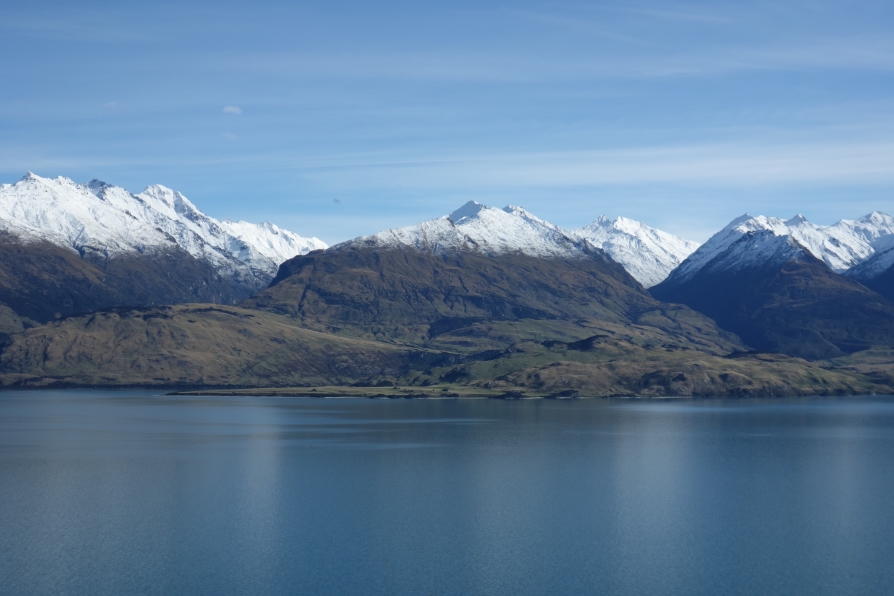
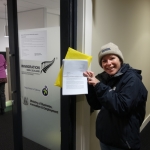
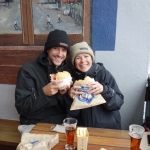
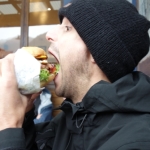
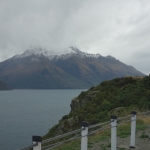
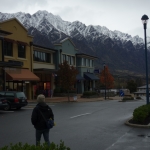
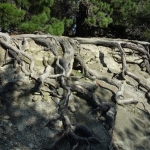
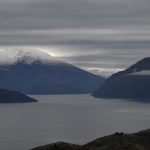
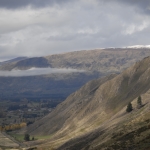
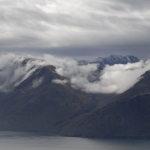
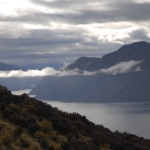
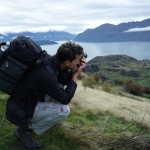
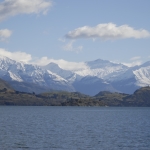
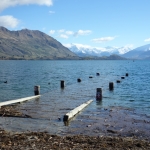
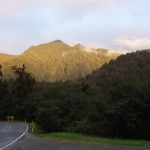
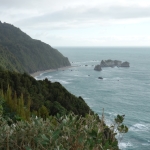
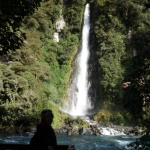
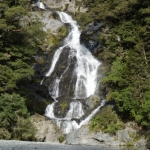
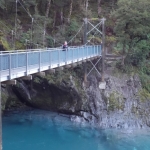
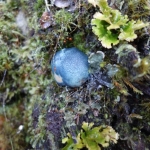
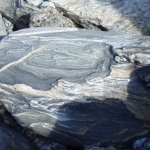
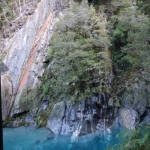
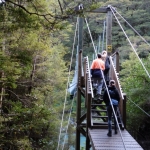
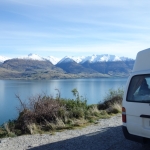
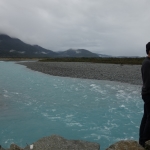
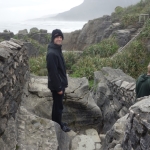
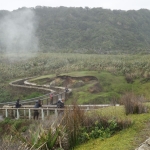
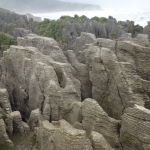
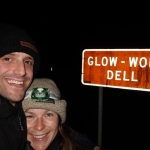
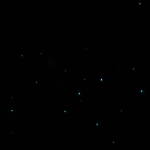
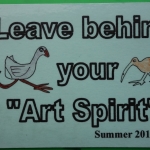
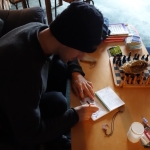
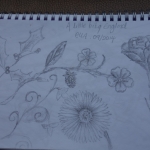
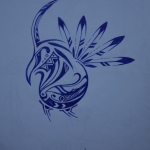
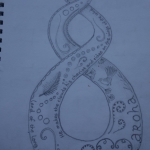
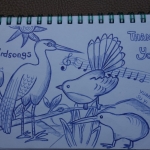
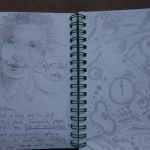
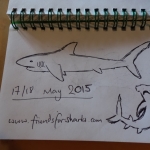
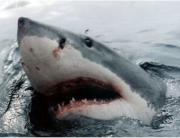
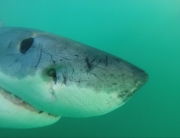
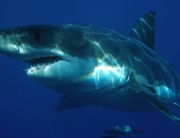
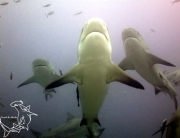
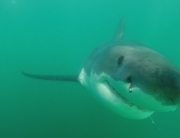










Follow Us